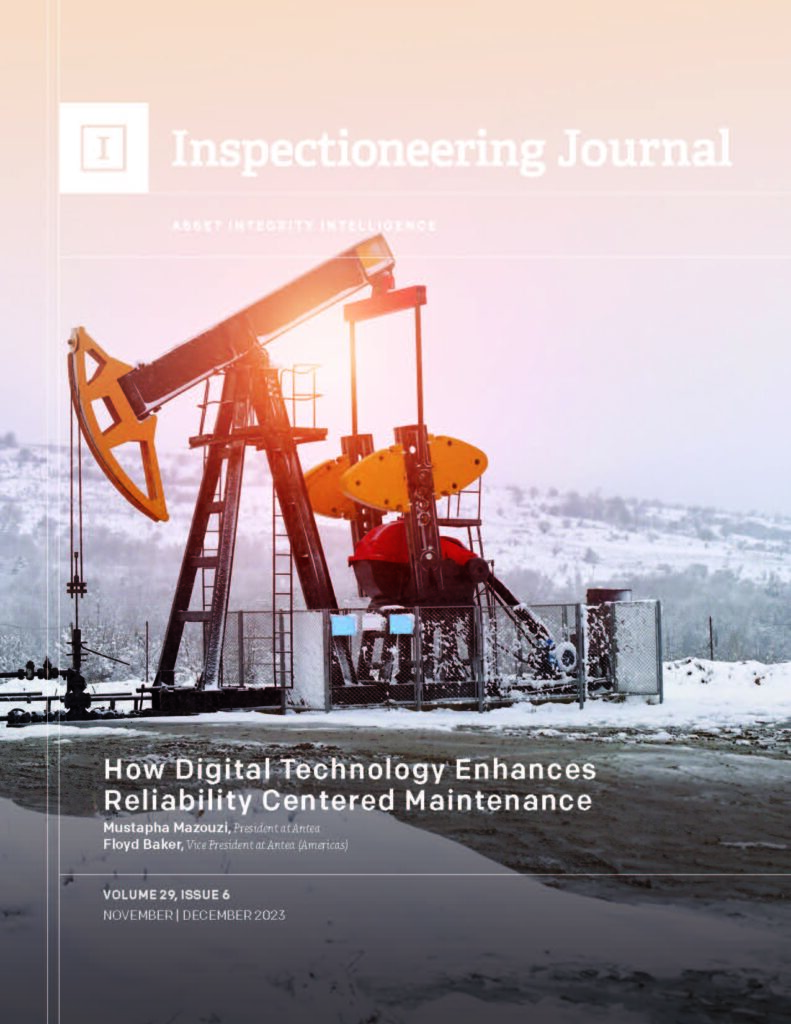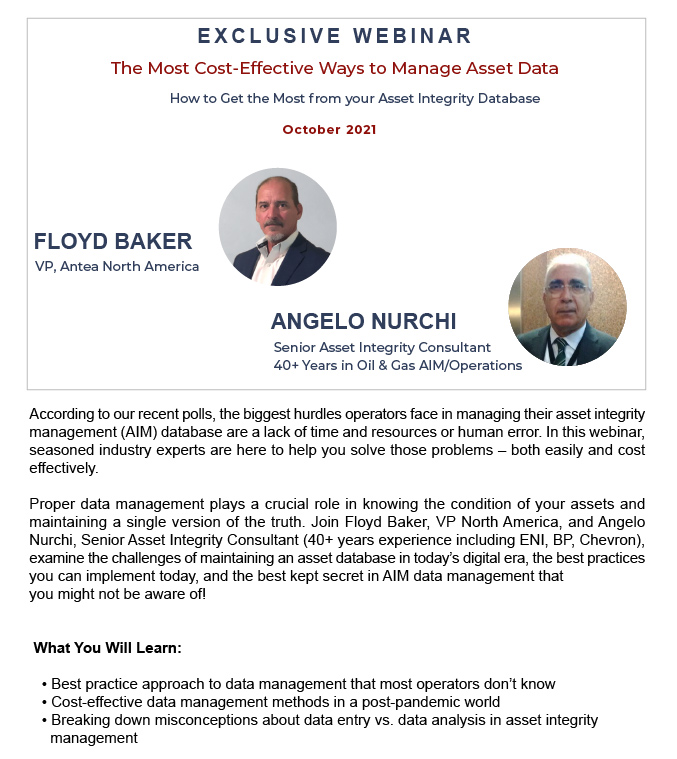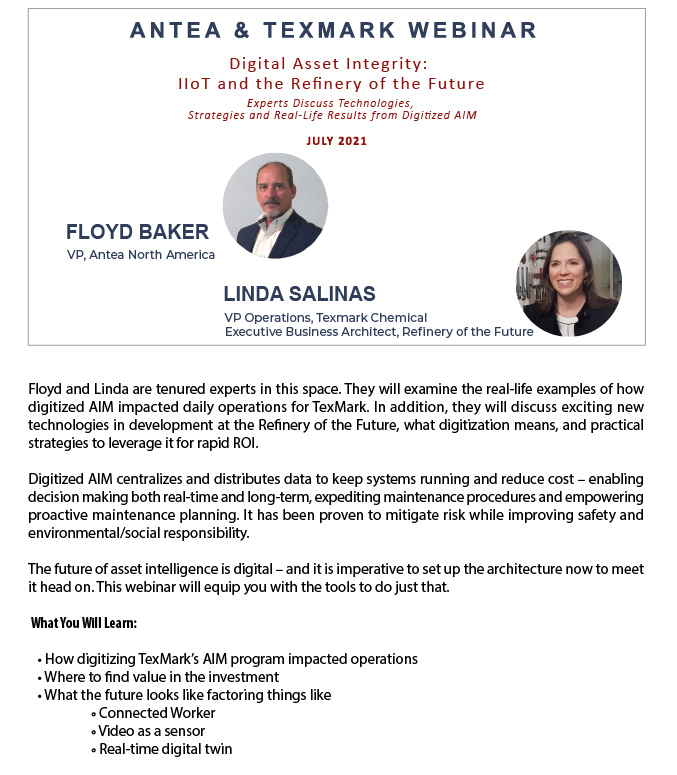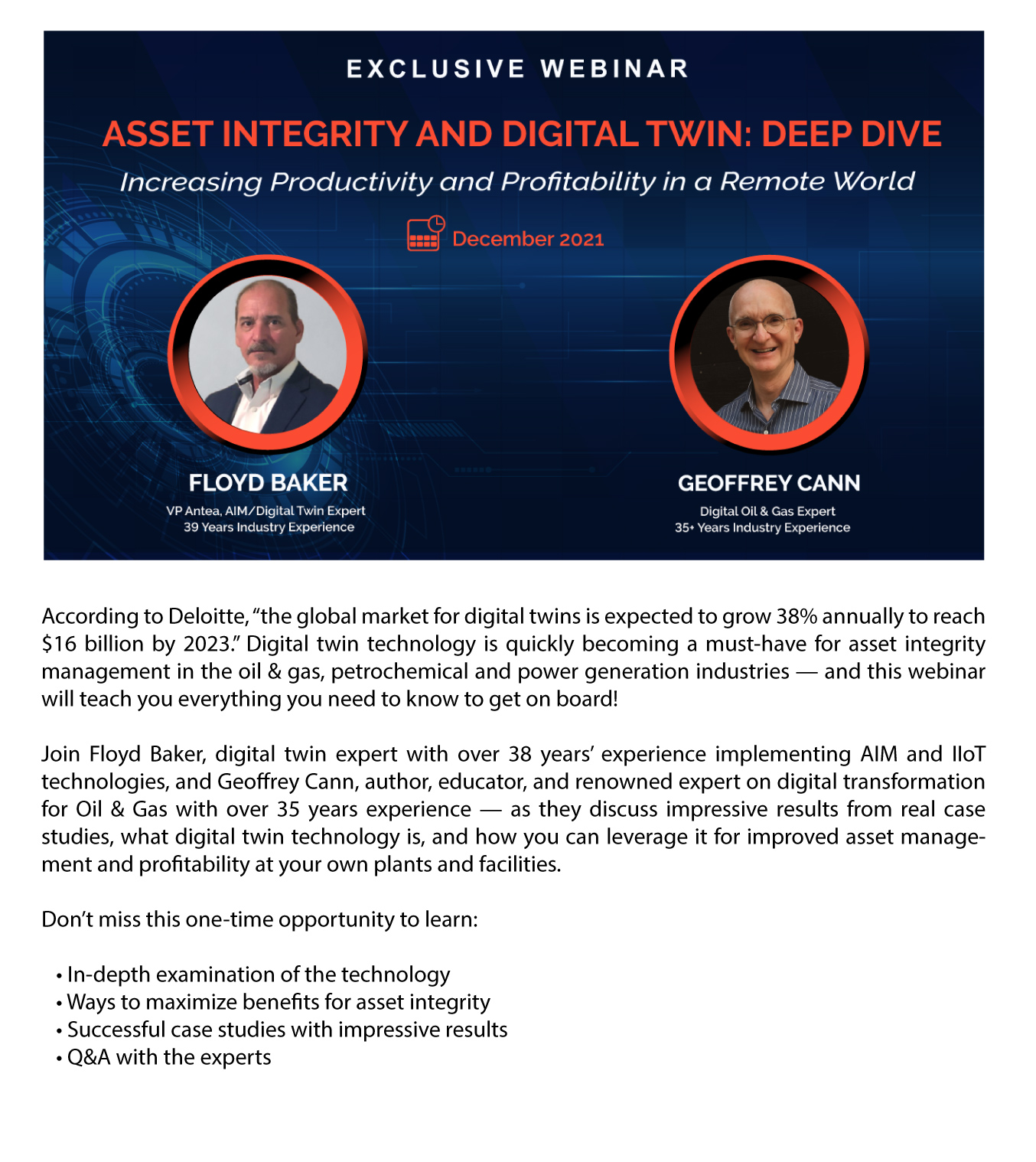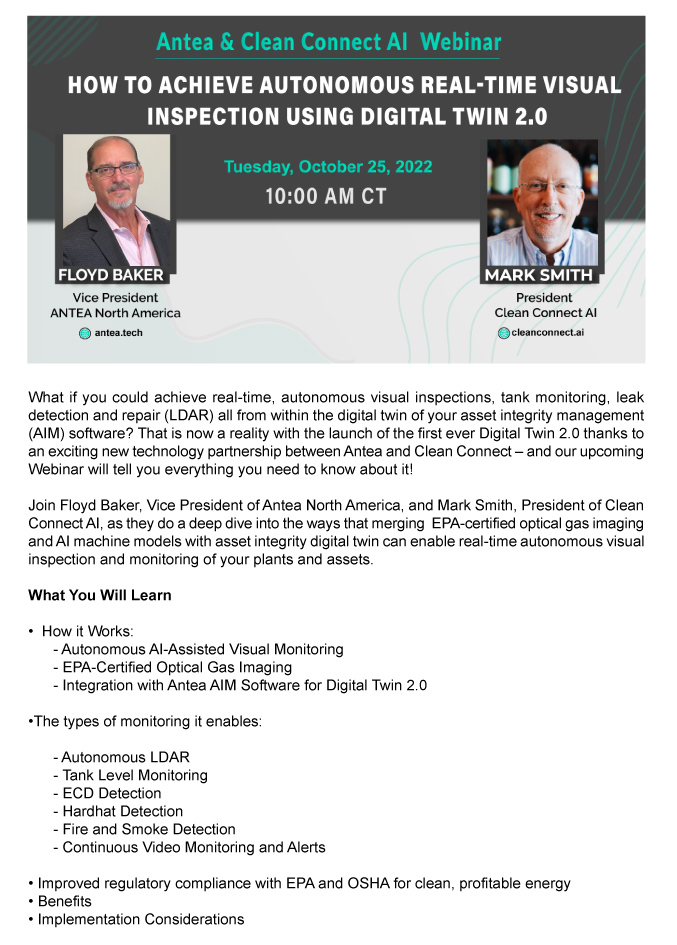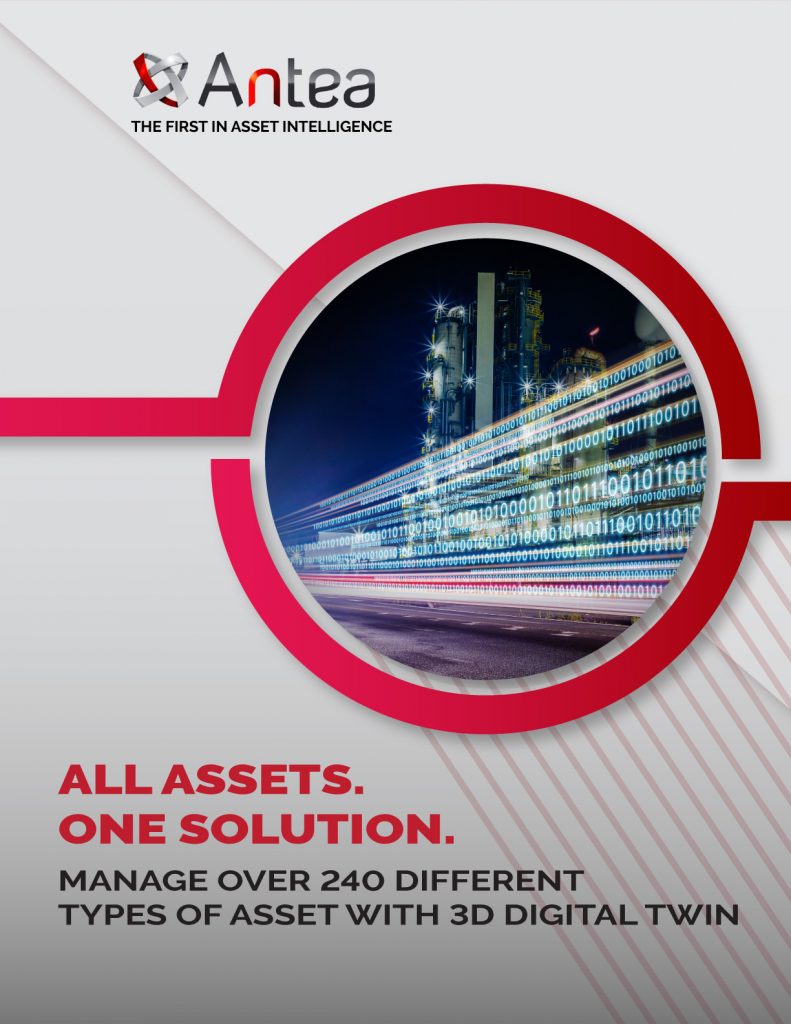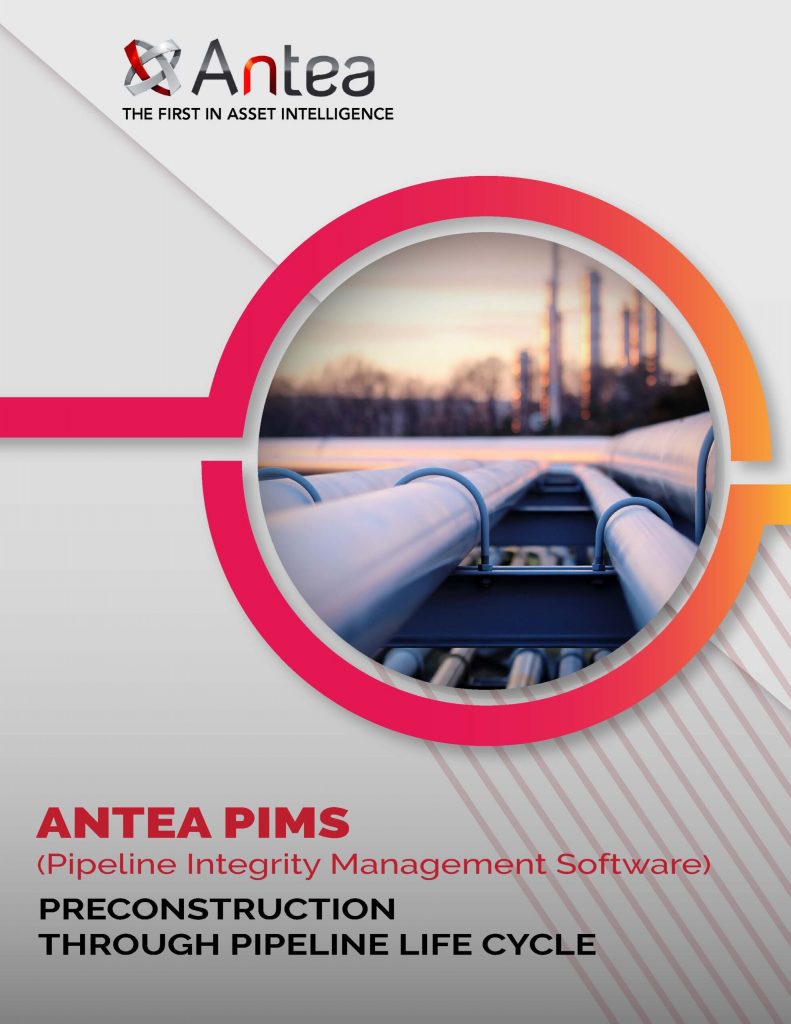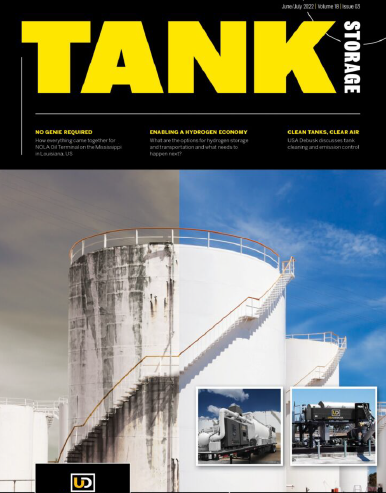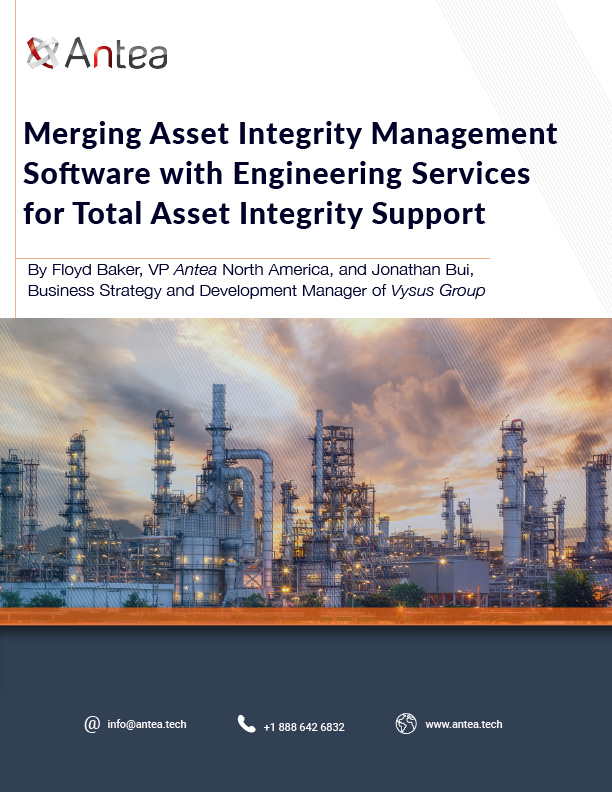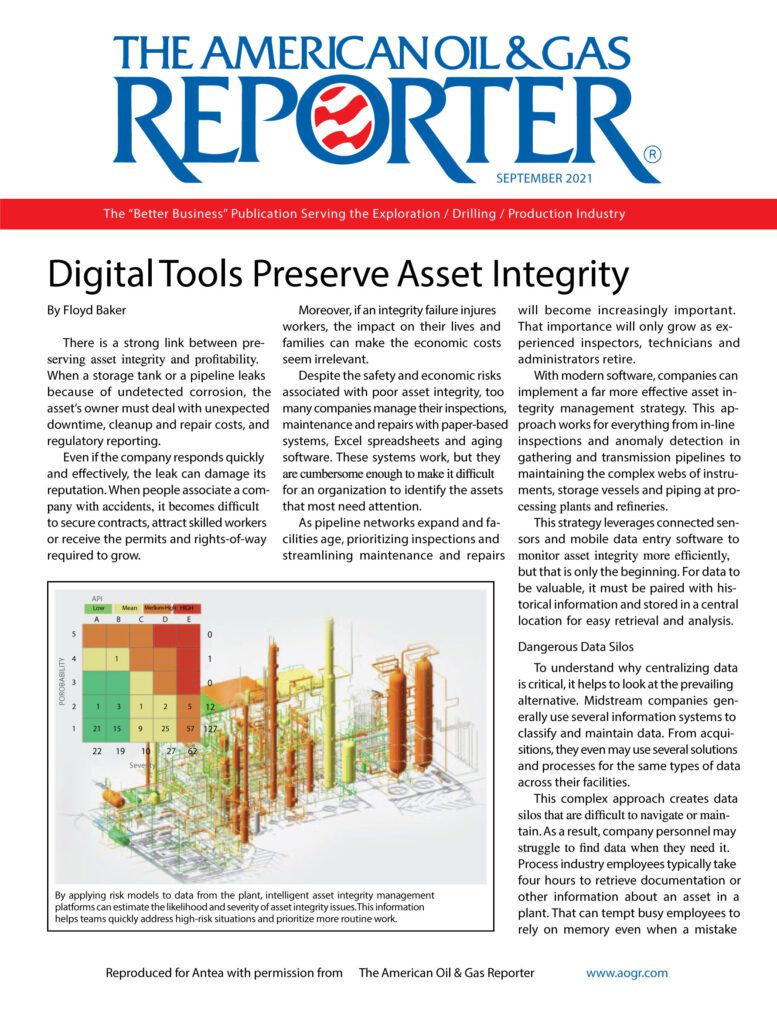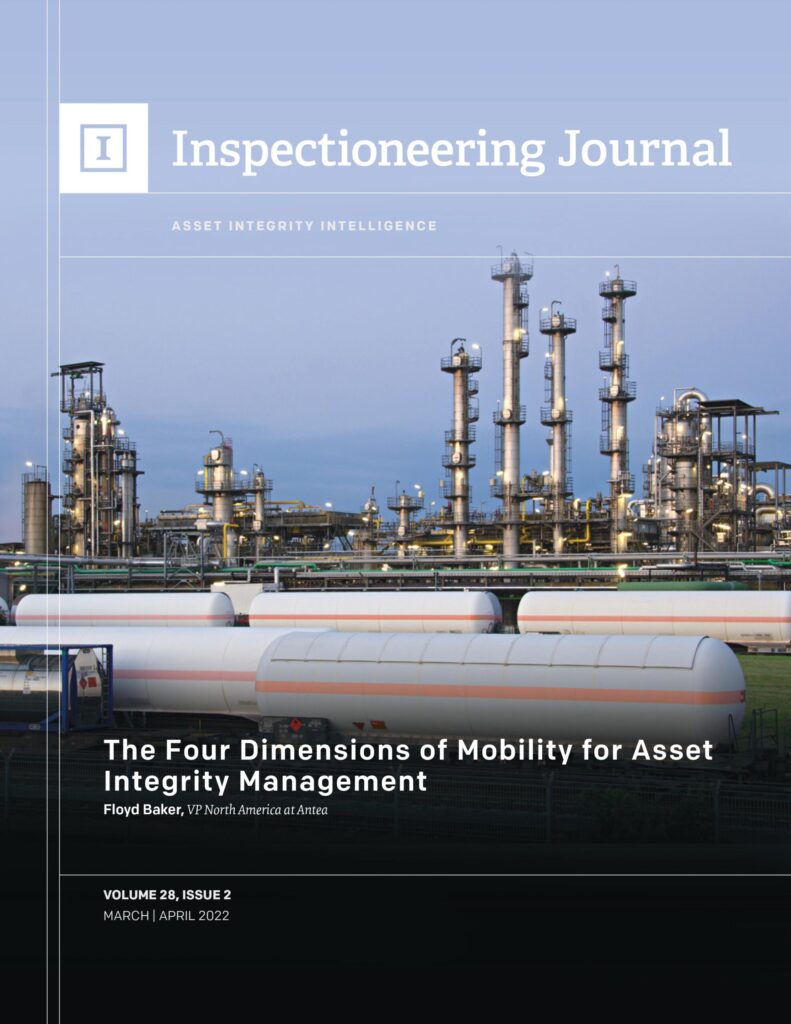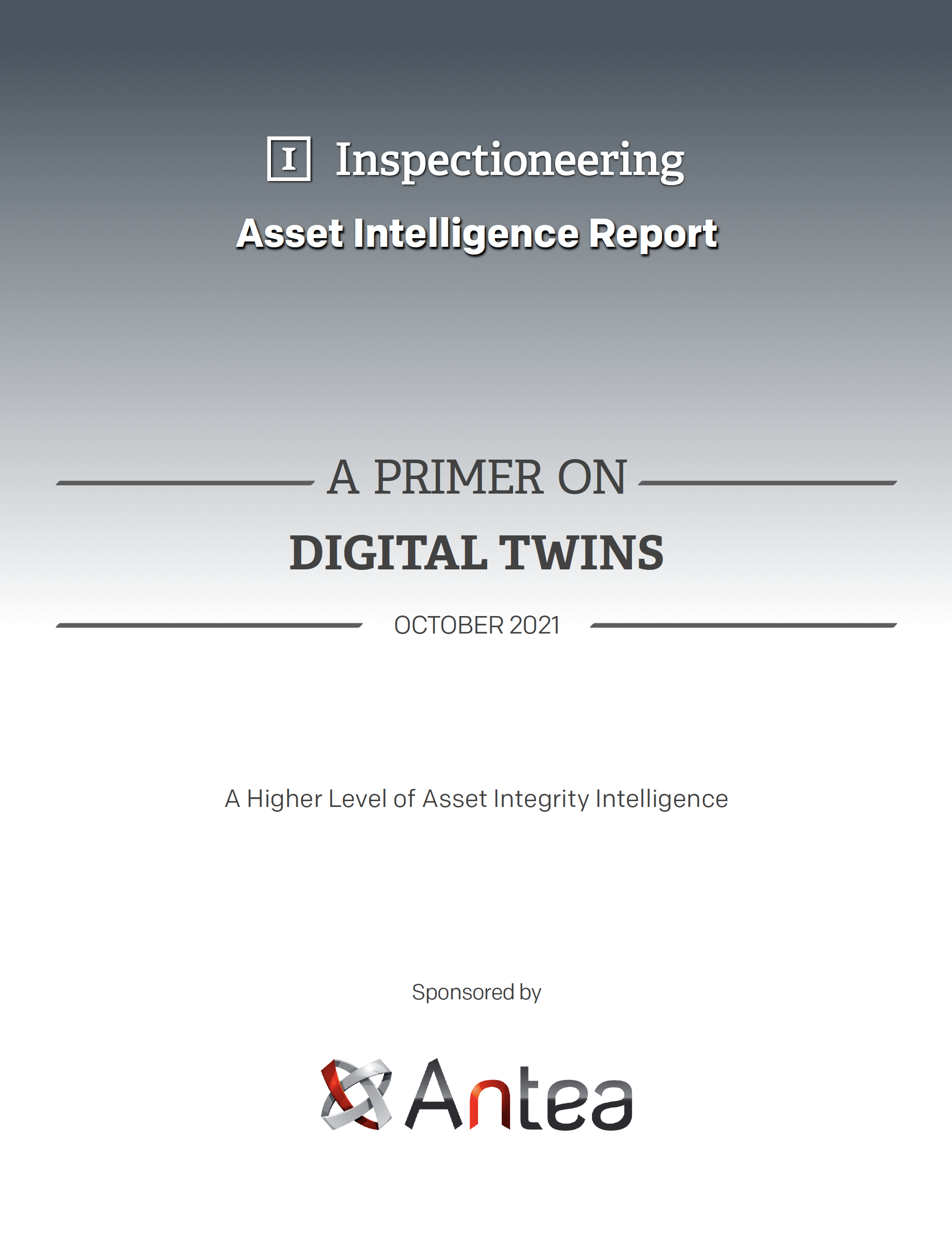
Digital twin is a virtual replica of a physical asset that allows engineers and inspectors to monitor, predict, and optimize its performance in real-time. By integrating sensors, machine learning algorithms, and predictive analytics, digital twin provides insights into the behavior and health of an asset, enabling proactive maintenance and reducing downtime.
According to a recent market study, the Digital Twin Market is expected to grow from USD 6.9 billion in 2022 to USD 73.5 billion by 2027 at a CAGR of 60.6% from 2022 to 2027.
Digital Twin has several benefits for asset integrity management (AIM). It allows for early detection of potential issues that could lead to failures, reducing the risk of downtime and costly repairs. It enables engineers to simulate various scenarios and test different maintenance strategies, improving efficiency and reducing costs. Additionally, it enhances collaboration between different departments, such as operations, maintenance, and management, by providing a shared and collaborative understanding of the asset’s conditions. Finally, it delivers substantial time and resource savings both in Time to Find (TTF) date and in Time to Explain (TTE) findings – with data readily accessible in complete visual format. In fact, a recent case study conducted by Antea that polled numerous operators found that the TTF savings alone equated to an average of $1.8 million per year.
The use cases of Digital Twin for AIM are numerous. In the oil and gas industry, it can be used to monitor pipelines and refineries, detecting leaks, corrosion and other anomalies before they lead to incident or equipment failure. In the power generation industry, it can be used to optimize the operation of turbines, improving efficiency, even perform RBI studies on boilers. In the pharmaceutical industry, digital twin can improve efficiency of the manufacturing process for the production of drugs and medical devices, increasing the quality of the final product and reducing the risk of contamination. With it, pharmaceutical companies can simulate different manufacturing scenarios and optimize production processes focused specifically on the business risk that they possess. This can help to reduce the risk of product waste, product failure, recalls, and non-compliance with increasingly stringent regulatory requirements.
What is Digital Twin 2.0?
While digital twin is already revolutionizing the way companies approach mechanical integrity management, there is an evolution of this technology that takes it to the next level. Digital Twin 2.0 refers to the bidirectional integration of AIM Digital Twin with several other advanced and emerging technologies, enhancing and expanding the data fed to the AIM software from the assets. It provides unprecedented levels of autonomous visual inspection, remote condition monitoring, and instant detection of conditions that could lead to critical failure. These technologies include:
- Optical Gas Imaging. OGI is a technology that allows operators to detect gas leaks that might not be visible to the naked eye. By integrating OGI with digital twin, companies can continuously monitor assets in real-time and instantly detect, identify, and quantify fugitive emissions , reducing the risk of hazardous incidents and environmental contamination.
- Liquid Leak Detection and Repair. Real-time, continuous, and autonomous (AI-driven) monitoring and detection of liquid leaks, enabling companies to take corrective actions before they escalate into major incidents.
- Tank Level Monitoring. Continuously monitor tank levels, reducing the risk of overflow or underfill. Non-invasive tank level monitoring makes it possible to visually monitor tank levels from within the digital twin without ever having to open the thief hatch.
- Virtual Gate Guard & PPE Detection uses advanced cameras and sensors to monitor work sites, improving safety and security. Especially useful in Greenfield applications during construction and commissioning as well as unmanned remote sites.
- Corrosion Under Insulation (CUI) Monitoring. Advanced CUI sensors that are mounted under insulation to remotely, continuously monitor for moisture and conditions that could lead to corrosion. The data from these sensors can be integrated to Digital Twin 2.0, where, in context with all other asset information and corrosion monitoring data that the AIM software captures, operators can unlock true Predictive Corrosion Management (PCM).
- Connected Worker, which provides interconnectivity between the wearable devices and mobile apps to allow for remote collaboration from multiple sites – either from one-to-one or from one-to-many. With this technology, cloud-based AIM platforms are workflow enabled for remote assistance wearable technology. This means that the data being captured via wearable tablet or smart glasses is viewable live and in real-time by other personnel in the office or elsewhere. Inspectors, maintenance techs, and operators can perform their rounds in the field while a mentor looks on from another location. This creates enormous opportunities for hands-free work with guided remote assistance, live on-the-job training, or team collaboration on maintenance decision making.
Collaborative integrations and bidirectional linking are the foundation of this next generation, which will enhance analytics and data capture building on machine learning and AI capabilities.
At its core, AIM software is a centralized hub for all sources of data input one can gather on an asset. Integration with advanced technologies like these only elevates the intended purpose of AIM and, also, the complete picture of asset health that can be accessed in the Digital Twin. This next generation paves the way for not only autonomous, remote monitoring – but also for truly predictive and even prescriptive maintenance, making it possible to anticipate incidents well before they reach the conditions to occur.
Additional Resources
For more information about Digital Twin and its applications for asset integrity management, download our eBook.
For more information about the different providers of advanced technologies that contribute to the Digital Twin 2.0, visit our Partners page.
Watch our recent webinar on CUI Monitoring technology with Digital twin here.
Watch our webinar on autonomous visual inspections with OGI, LDAR and other technologies in Digital Twin 2.0 here.
To request a discovery call or proof of concept, contact us.

